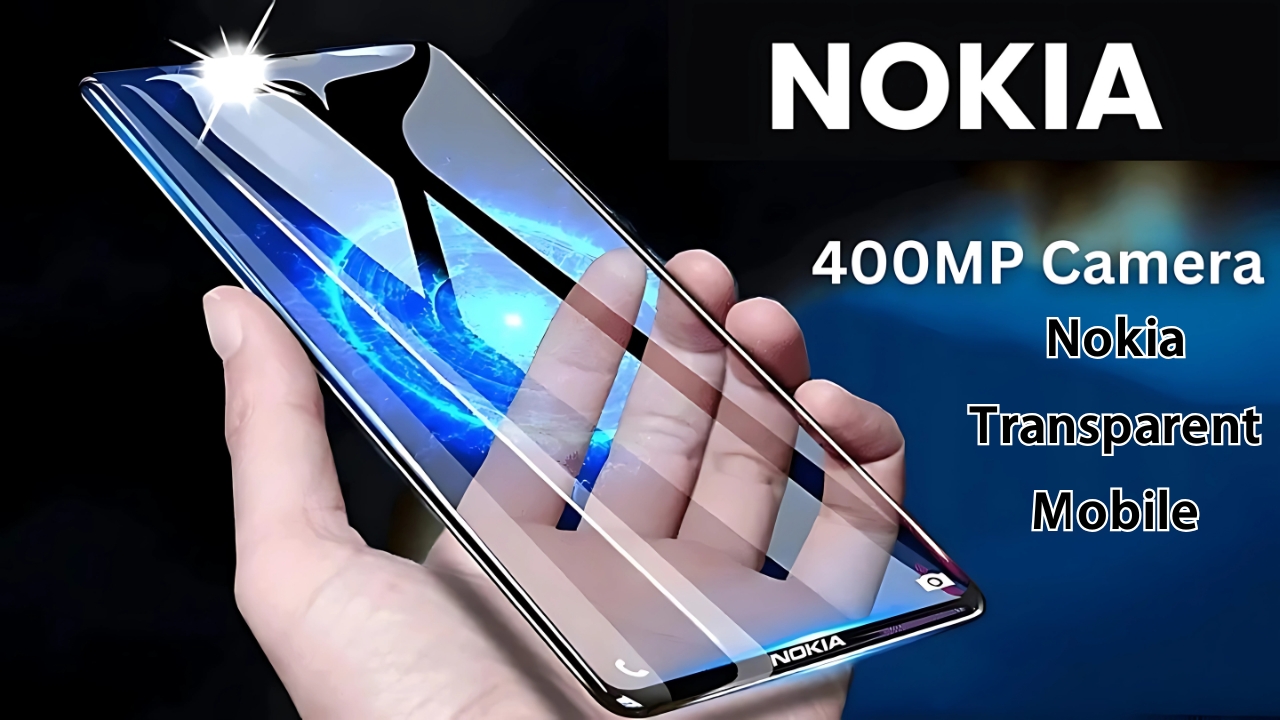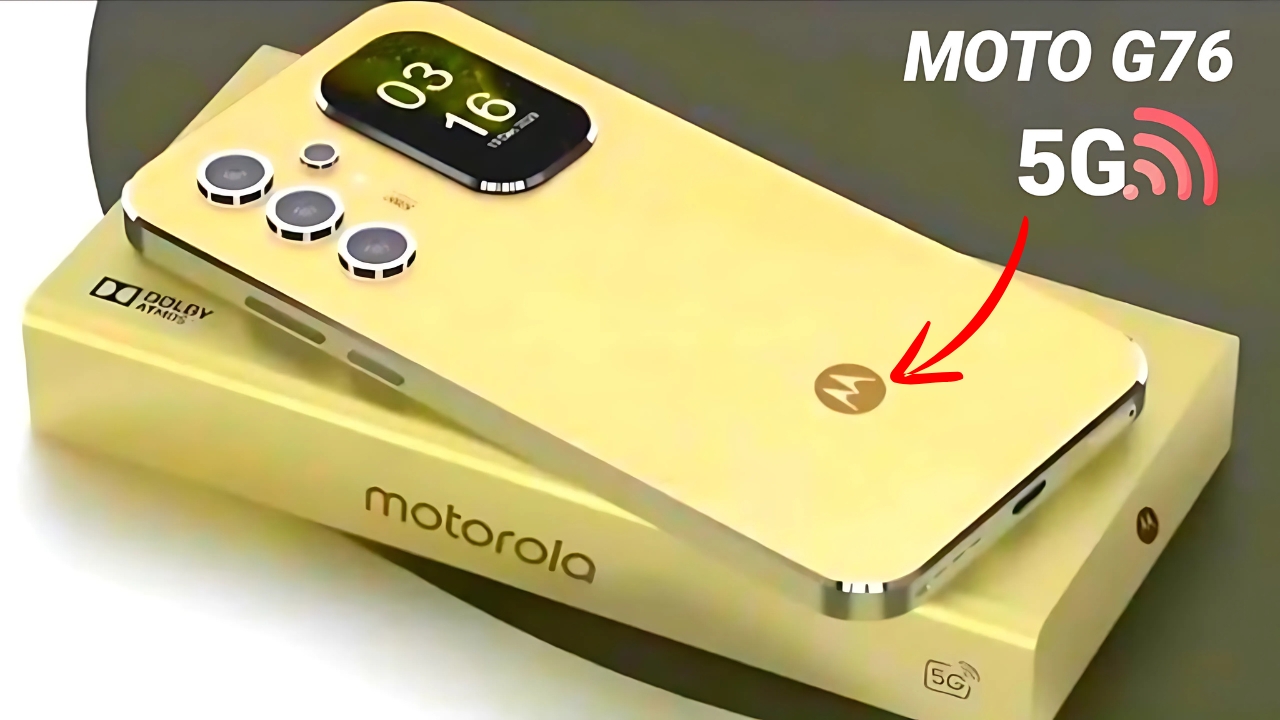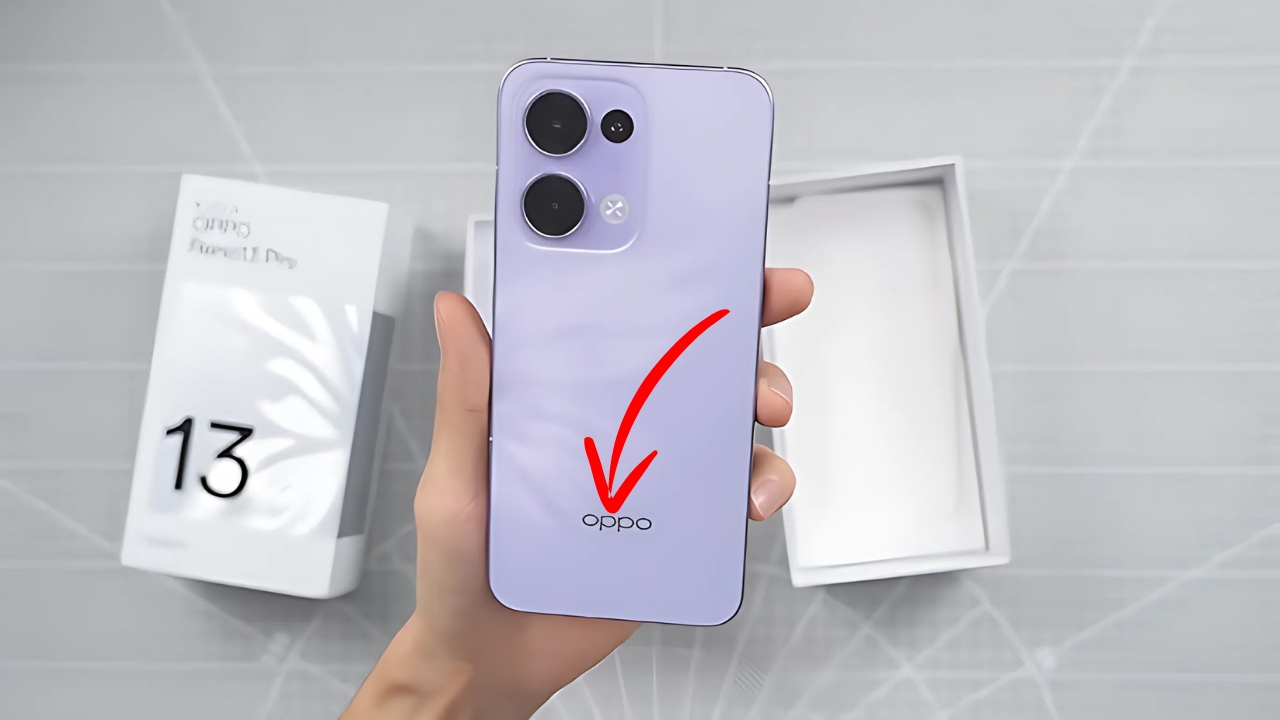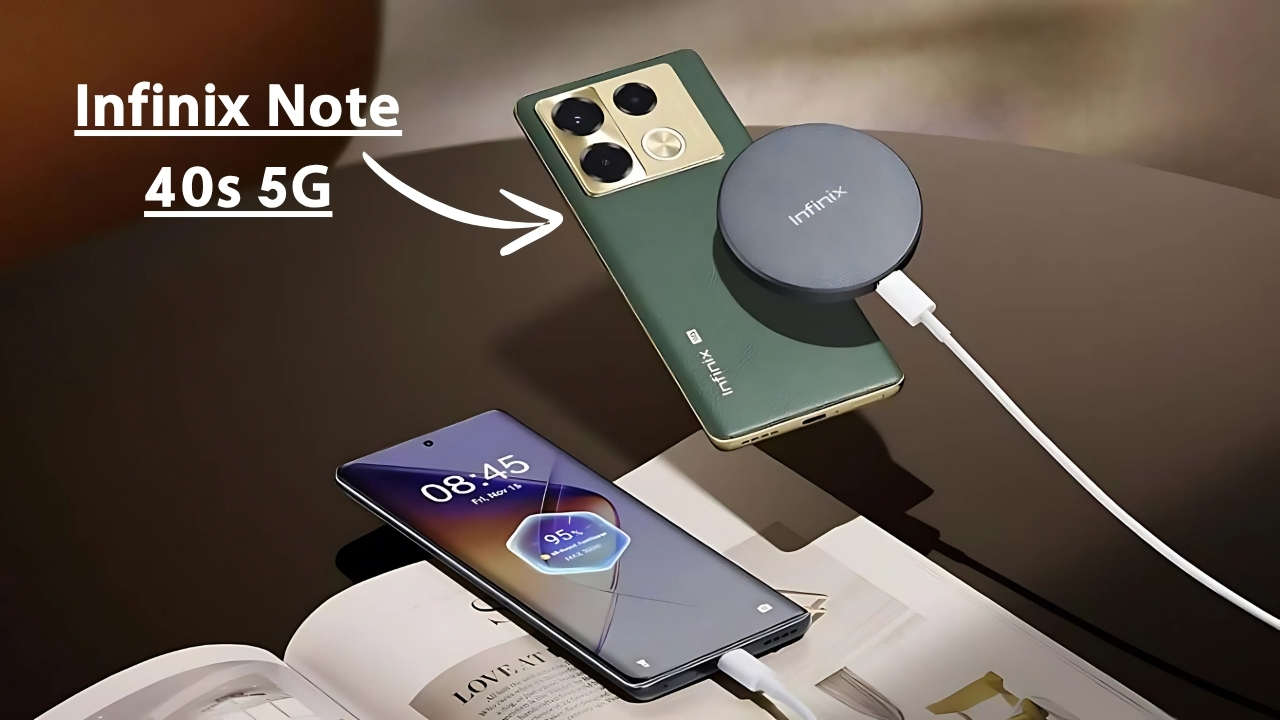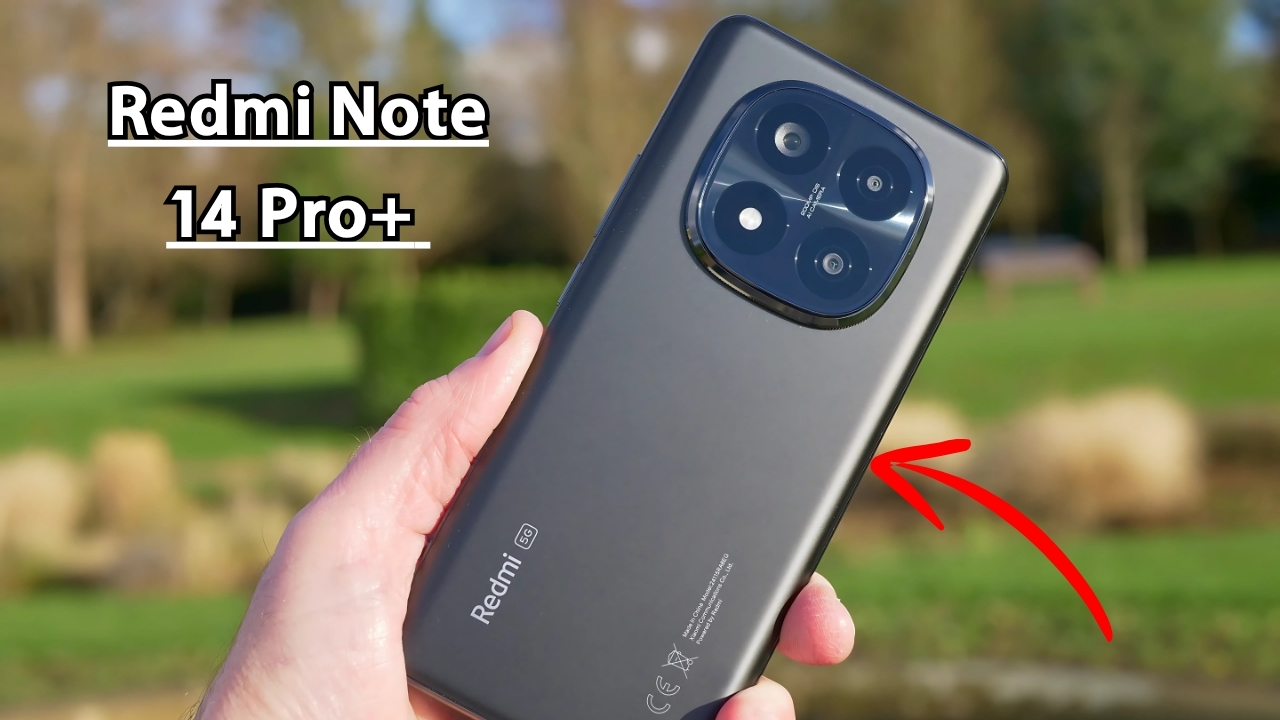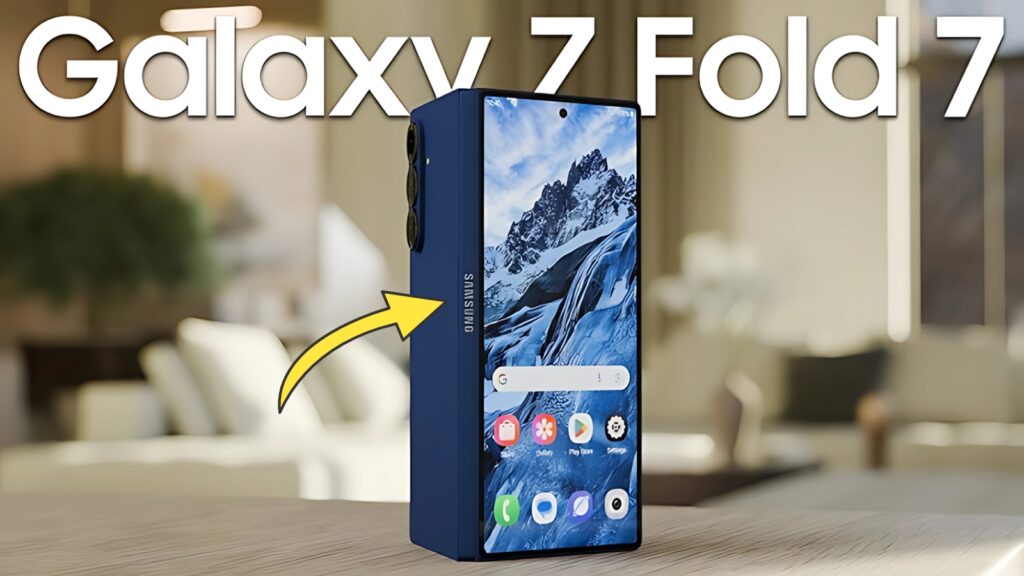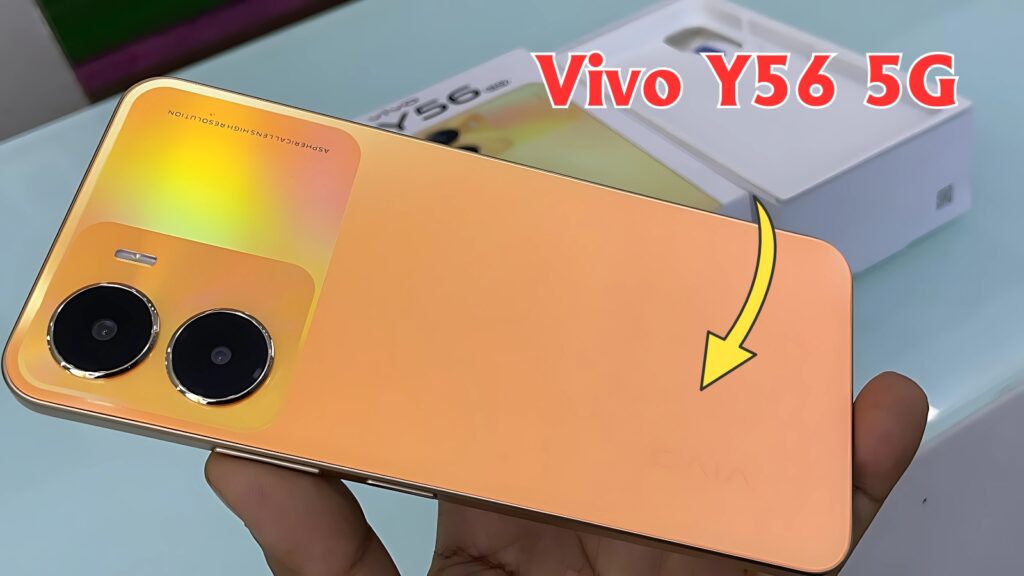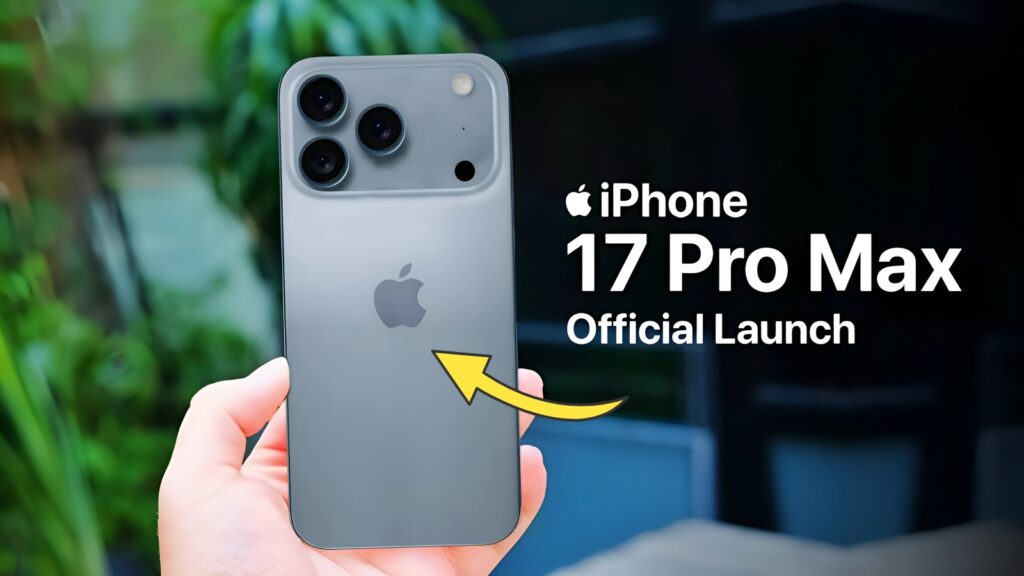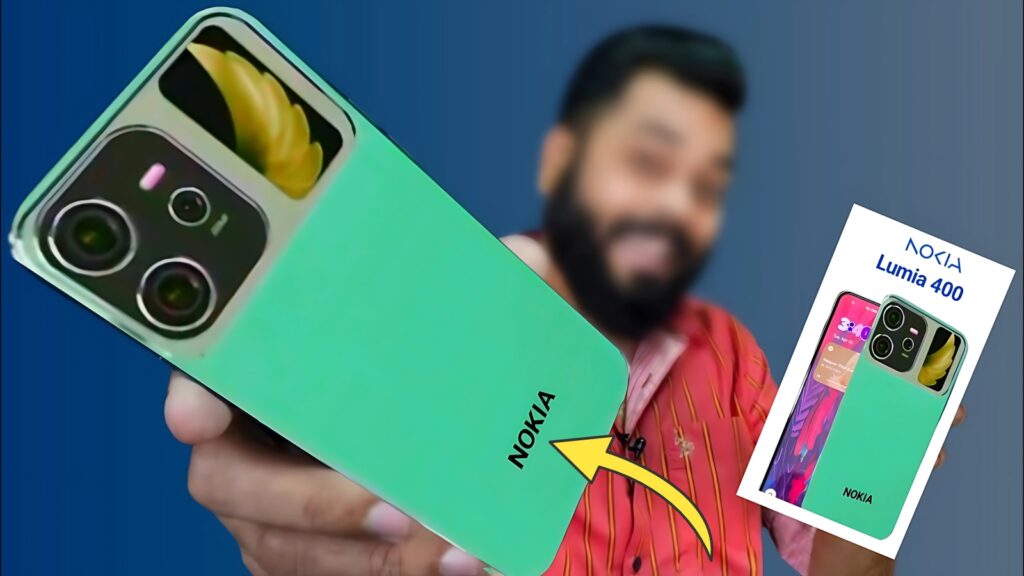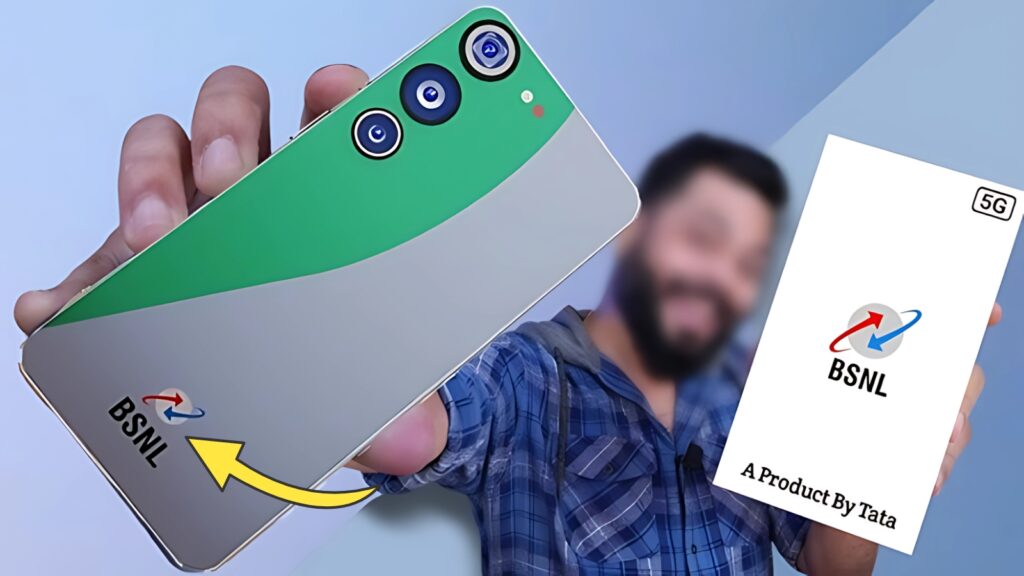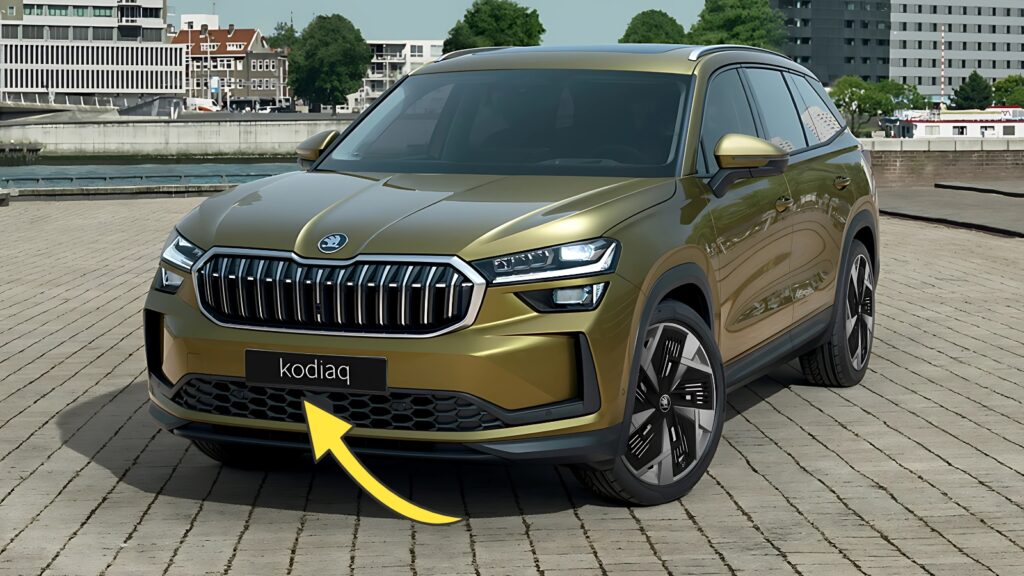The concept of a transparent smartphone has long captured the imagination of technology enthusiasts and science fiction fans alike.
Recent viral social media content and widespread speculation have brought Nokia’s name into discussions about transparent mobile technology, creating a fascinating intersection between digital hoaxes, conceptual innovation, and genuine technological possibilities.
While no mainstream transparent smartphone currently exists, the enthusiasm surrounding this concept reveals deeper insights about consumer desires for revolutionary mobile technology.
The Viral Phenomenon and Digital Misconceptions
The transparent phone conversation gained massive momentum through a viral TikTok video that accumulated over 26 million views, showing a woman apparently scrolling on a completely transparent device.
The clip sparked widespread speculation about a “Nokia Clear Phone” with alleged pricing of €35,000, leading thousands of viewers to search online for information about this supposedly revolutionary device.
However, the truth behind the viral sensation proved far more mundane yet equally interesting from a social commentary perspective.
The creator eventually revealed that the device was actually a “methaphone”—a clear acrylic slab shaped like an iPhone, designed as a digital detox tool to help people reduce smartphone addiction by providing the physical sensation of holding a phone without the digital distractions.
This viral moment highlighted how quickly misinformation can spread in the digital age, while simultaneously demonstrating the genuine public interest in revolutionary smartphone technologies.
The fact that millions of people believed in and searched for a transparent Nokia phone indicates strong consumer appetite for innovative mobile devices that break conventional design boundaries.
Historical Context and Nokia’s Innovation Legacy
Nokia has a rich history of mobile innovation, from introducing some of the first commercially successful mobile phones to pioneering smartphone features long before they became mainstream.
The Finnish company has consistently pushed technological boundaries throughout its corporate history, making it a natural candidate for speculation about cutting-edge developments like transparent displays.
While Nokia itself has not officially announced any transparent smartphone projects, the company has explored various innovative concepts over the years.
Under HMD Global’s stewardship, Nokia has focused primarily on reliability, security, and nostalgic revivals like the updated Nokia 3210, rather than pursuing radical design departures like transparent technology.
Conceptual Explorations
Various technology blogs and concept designers have created speculative designs for Nokia transparent phones, featuring imagined specifications including advanced processors, high-capacity batteries, and revolutionary display technologies.
These concepts typically envision devices with 6.7-inch transparent displays, powerful processors like the MediaTek Dimensity 7300, and substantial battery capacities ranging from 6500mAh to 7100mAh.
These conceptual designs often include ambitious camera systems with megapixel counts reaching 300MP, fast charging capabilities up to 100 watts, and comprehensive connectivity including 5G support.
However, these specifications remain purely theoretical, representing design fantasies rather than actual product development timelines.
Technical Challenges and Current Limitations
Creating a truly functional transparent smartphone presents numerous significant technological challenges that current technology cannot adequately address.
The fundamental issue lies in making electronic components transparent while maintaining their functionality, durability, and cost-effectiveness.
Display Technology Obstacles
Transparent OLED displays exist in prototype forms, but they currently suffer from limited brightness, poor outdoor visibility, and significantly reduced battery life compared to conventional displays.
The transparency often compromises image quality, making text difficult to read and colors appear washed out under various lighting conditions.
Current transparent display technology also struggles with touch sensitivity and responsiveness, creating user experience challenges that would make daily smartphone use frustrating.
The delicate nature of these displays makes them prone to damage, raising serious concerns about durability and repair costs.
Component Integration Challenges
Creating transparent versions of essential smartphone components like batteries, processors, cameras, and circuit boards remains beyond current technological capabilities.
Lithium-ion batteries require opaque materials for safety and efficiency, while processors generate heat that requires conventional cooling solutions and non-transparent materials.
Camera systems present particular challenges, as lenses, sensors, and supporting electronics cannot be made transparent without fundamentally compromising their optical and electronic properties.
Even if transparent alternatives existed, they would likely perform significantly worse than conventional components.
Market Speculation and Pricing Fantasies
Online speculation about Nokia transparent phones has included various pricing estimates, ranging from relatively affordable $200-$480 models to luxury devices allegedly costing €35,000 or more.
These price points reflect the spectrum of market positioning possibilities, from mass-market accessibility to ultra-premium luxury positioning.
Realistic Market Considerations
If transparent smartphone technology became commercially viable, pricing would likely reflect the enormous research and development costs, specialized manufacturing requirements, and limited production volumes.
Early transparent phones would probably command premium prices similar to first-generation folding smartphones, potentially exceeding $2000-$3000 for initial models.
The market for such devices would initially target technology enthusiasts, early adopters, and luxury consumers willing to pay premium prices for cutting-edge innovation.
Mass market adoption would depend on significant cost reductions and technological improvements over multiple generations.
Alternative Approaches to Transparency
While fully transparent smartphones remain technologically unfeasible, various manufacturers have explored partial transparency and innovative materials that create similar visual effects.
These approaches offer glimpses into possible future directions for smartphone design without requiring complete transparency.
Translucent and Semi-Transparent Designs
Some manufacturers have experimented with translucent back panels, partially transparent components, and materials that create transparency effects under specific lighting conditions.
These designs provide aesthetic innovation while maintaining functional reliability and manufacturing feasibility.
Glass-backed smartphones with internal component visibility represent one approach to transparency that balances visual appeal with technical practicality.
These designs allow users to see internal components and wireless charging coils while maintaining device functionality and durability.
Digital Detox and Social Commentary
The “methaphone” concept that sparked the transparent phone viral sensation addresses important questions about smartphone addiction and digital wellness.
The clear acrylic device serves as a physical placeholder that provides the tactile satisfaction of holding a phone without the digital stimulation that drives compulsive usage.
This approach to digital detox reflects growing awareness of smartphone addiction and the negative impacts of excessive screen time on mental health, productivity, and social relationships.
The popularity of the methaphone concept suggests strong public interest in tools and strategies for managing technology relationships more healthily.
Behavioral Intervention Design
The methaphone represents an innovative approach to behavioral intervention, using physical design to address psychological dependencies.
By providing the familiar weight, size, and tactile experience of a smartphone without functionality, it offers a gradual weaning approach to reducing device dependency.
Future Possibilities and Emerging Technologies
While current transparent smartphone technology remains impractical, emerging developments in materials science, flexible electronics, and alternative display technologies may eventually enable new forms of transparent or semi-transparent mobile devices.
Augmented Reality Integration
Future transparent devices might integrate augmented reality capabilities, overlaying digital information onto real-world environments viewed through transparent displays.
This approach could provide functional value that justifies the technical compromises inherent in transparent technology.
Advanced Materials Research
Ongoing research into graphene, quantum dots, and other advanced materials may eventually enable transparent electronic components that maintain performance while achieving visual transparency. However, these developments remain years or decades away from commercial viability.
Consumer Psychology and Technology Desires
The widespread excitement about transparent Nokia phones reveals interesting insights about consumer psychology and desires for revolutionary technology.
The immediate belief and enthusiasm for transparent smartphone concepts suggests that consumers crave dramatic innovations that transcend incremental improvements in processing power, camera quality, and battery life.
This desire for transformative technology reflects broader frustrations with the perceived stagnation in smartphone innovation, where annual updates often provide modest improvements rather than revolutionary capabilities that fundamentally change user experiences.
Nokia Transparent Mobile is launched with 250MP Camera
The transparent phone phenomenon demonstrates how consumers project their desires for futuristic technology onto established brands like Nokia, which carry historical associations with innovation and boundary-pushing design.
This psychological connection between brand heritage and future possibilities influences how new technology concepts are received and discussed.
The concept of Nokia transparent mobile technology serves as a fascinating case study in the intersection of viral misinformation, genuine technological aspiration, and the complex challenges facing mobile innovation.
While truly transparent smartphones remain beyond current technological capabilities, the widespread interest in such devices reveals important insights about consumer desires, digital wellness concerns, and the ongoing quest for revolutionary mobile technology that transcends conventional design limitations.
